New battery innovation boosts humanoid robot performance in China
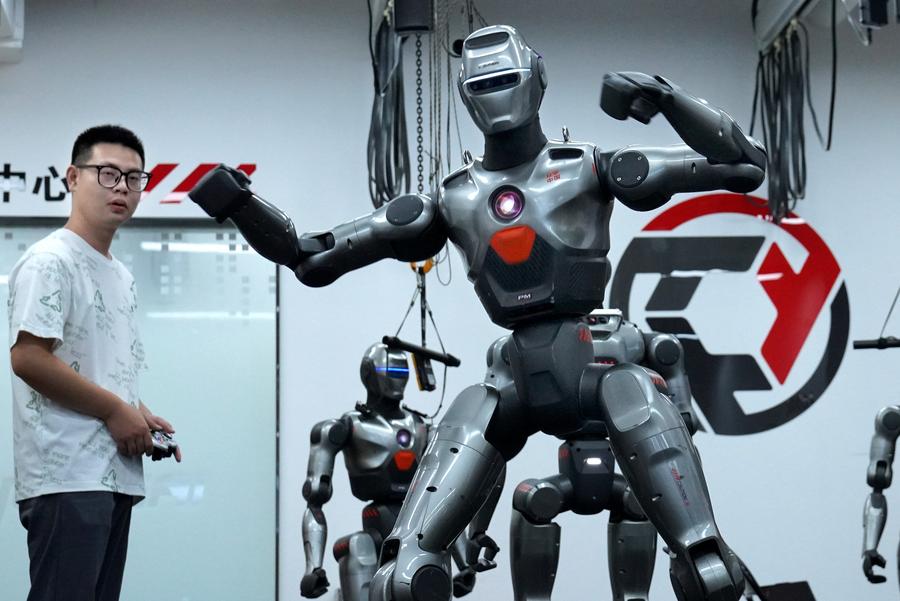
A dancing humanoid robot is pictured at a robot company in Shenzhen, south China's Guangdong Province, June 25, 2025. (Xinhua/Li An)
With China's humanoid robot industry booming, battery technology has emerged as a limiting factor in performance, prompting some tech companies to develop more advanced batteries tailored to robotic needs.
Humanoid robots are venturing into diverse areas of our lives, from transporting parts in factories and participating in marathons to playing football and even boxing in the ring.
However, with a current endurance of just around two hours, humanoid robots fall significantly short of meeting the demands of more complex future tasks.
According to the Institute of Physics under the Chinese Academy of Sciences, the energy consumption of robots mainly comes from mechanical movement, especially the lifting in the vertical direction and the rapid acceleration movements.
For example, when a robot performs a backflip, it may appear effortless, but it actually demands exceptionally high battery performance. The instantaneous discharge rate required can exceed 100 times that of ordinary batteries in daily use.
An insufficient discharge rate affects the robot's performance, while a heavy battery reduces its flexibility, and low capacity limits its practical use. These issues have become significant challenges for robotics companies.
EngineAI Robotics Technology Co., Ltd., located in south China's tech hub Shenzhen, released an impressive robot dance video in March this year. In the video, the company's PM01 robot flawlessly performed the Axe Gang Dance from Stephen Chow's classic film "Kung Fu," capturing the dance's spirit with remarkable accuracy.
Zhang Nan, a hardware engineer at EngineAI, said that ternary lithium batteries are currently widely used in humanoid robots, and several existing products of EngineAI robots are also equipped with such batteries.
However, such lithium batteries have poor performance in thermal stability. With the development of humanoid robots, solid-state batteries with higher energy density, smaller size and better safety may be the future. "EngineAI is currently in contact with solid-state battery manufacturers for preliminary research," Zhang said.
X Square Robot also faces similar challenges. Wang Qian, founder of the company, said that the company's goal is to have robots take over simple and tedious physical tasks, from electronic assembly work in factories and restaurant service to everyday household chores, making general-purpose robots an indispensable part of people's lives.
The batteries currently used by X Square Robot include ternary lithium batteries and lithium iron phosphate batteries. Their common problem is the low energy density, which affects the overall endurance of the robots. For robots to enter homes and other future application scenarios with high activity levels, they need batteries with higher energy density and, most importantly, maximum safety, Wang explained.
This year's government work report outlined plans to develop future industries like embodied intelligence, highlighting the humanoid robot sector as a key focus. According to the Chinese Institute of Electronics, by 2030, the market size of China's humanoid robots is expected to reach about 870 billion yuan (about 121 billion U.S. dollars).
The swift response has come from tech companies, which are becoming the driving force behind innovation in the country. Some battery manufacturers have recognized this emerging demand and have already partnered with humanoid robot companies for research and development.
For instance, in June, battery giant CATL invested in Beijing-based Galbot, aiming to develop batteries for humanoid robots and to introduce robots into its production lines to achieve factory production automation.
BTR New Material Group, a Shenzhen-based battery supplier, in May launched the FLEX semi-solid and GUARD all-solid-state batteries tailored for humanoid robots. The company has achieved a balance between high performance and lightweight design through two major strategies: material innovation and structural optimization.
For instance, the FLEX series' high-nickel ternary cathodes use molecular-level in-situ coating technology, which can effectively increase the energy density. The GUARD series uses a lithium-rich manganese-based cathode and a lithium metal anode design, which significantly increases the energy density of the individual cell.
According to Li Zikun, director of the company's research institute, the mainstream ternary lithium batteries have shortcomings in terms of energy density, safety and stability, and high-rate discharge performance for humanoid robots. Solid-state batteries can better meet these needs.
Li believes that batteries for future humanoid robots should meet three key requirements: a balance between high energy density and safety, optimized fast charging and discharging efficiency, and stability and reliability under special working conditions.
The all-solid-state battery eliminates the risk of leakage and fire associated with traditional liquid electrolytes, providing a safety guarantee for use under extreme conditions, he said.
These high-energy-density designs can not only support the long-endurance needs of humanoid robots, but are also particularly suitable for increasing the payload in special application scenarios such as aerospace, Li added.
 最新热点
最新热点
-
阿富汗北部发生6.3级地震 首都震感明显
阿富汗北部发生6.3级地震 首都震感明显
最新热点新华社喀布尔11月3日电(记者张艺缤 胥舒骜)据美国地质调查局地震信息网消息,阿富汗当地时间3日0时58分(北京时间3日4时28分),阿富汗北部巴尔赫省胡勒...
-
独家视频丨习近平乘车抵达庆州博物馆 韩国总统热情迎接
独家视频丨习近平乘车抵达庆州博物馆 韩国总统热情迎接
最新热点当地时间11月1日下午,韩国总统李在明在庆州博物馆为中国国家主席习近平举行欢迎仪式。 总监制丨申勇 监制丨龚雪辉 记者丨史伟 王鹏飞 邢彬...
-
视频丨李在明回答总台记者提问:致力于加强与中国合作
视频丨李在明回答总台记者提问:致力于加强与中国合作
最新热点11月1日,韩国总统李在明在亚太经合组织领导人非正式会议结束后举行记者会,介绍会议成果。在回答中央广播电视总台记者提问时,李在明表示,中韩经济合作至关重...
-
视频丨APEC秘书处执行主任:期待会议上的中国声音
视频丨APEC秘书处执行主任:期待会议上的中国声音
最新热点10月31日,亚太经合组织(APEC)第三十二次领导人非正式会议将在韩国庆州举行。近日,总台记者专访APEC秘书处执行主任佩德罗萨,并梳理了一份会议看点...
-
独家视频丨习近平会见加拿大总理卡尼



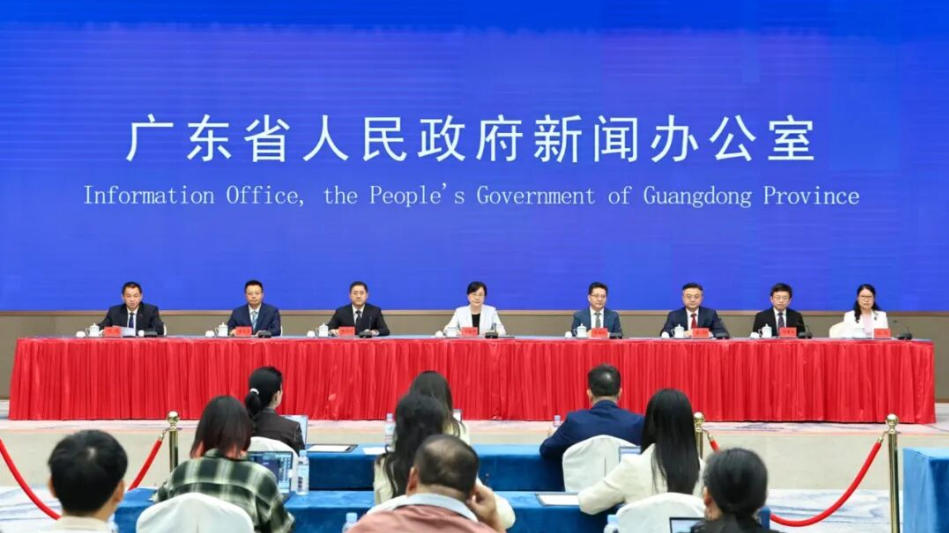



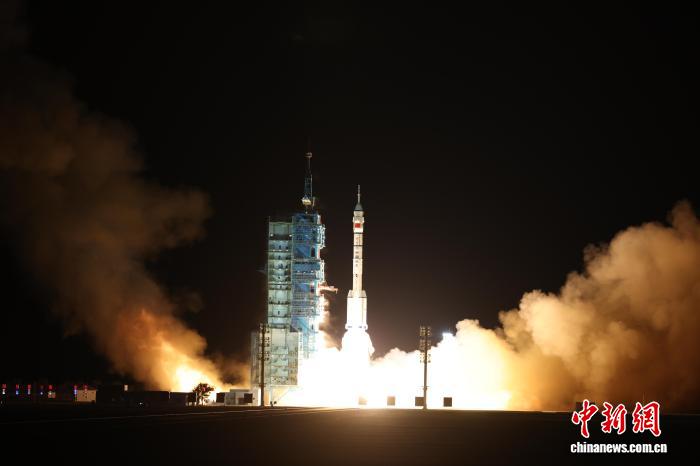

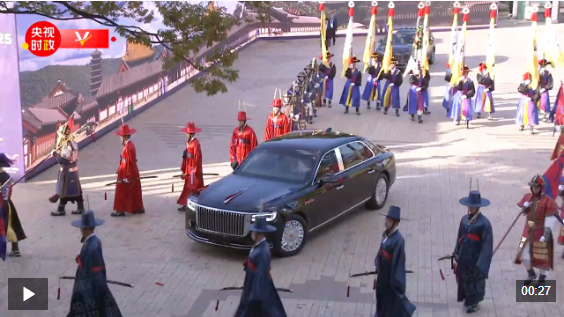
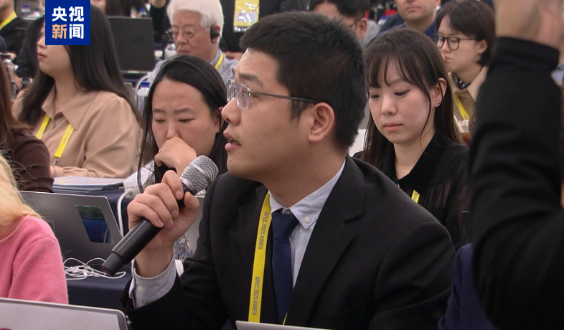
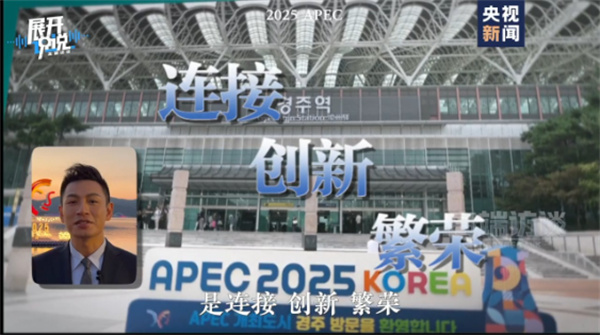
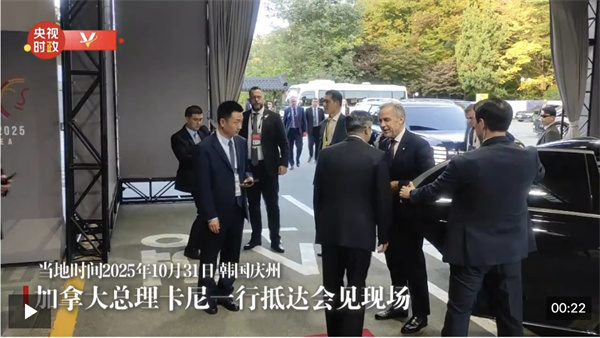
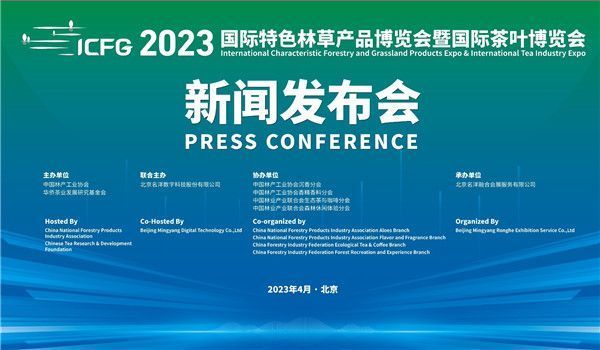

 中国央行:前三季度工业中长期贷款保持较快增长
中国央行:前三季度工业中长期贷款保持较快增长
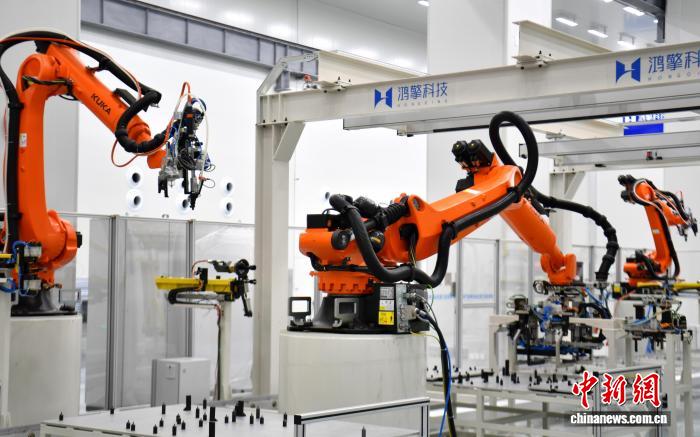 首颗“雄安造”卫星完成生产下线
首颗“雄安造”卫星完成生产下线
 中国生成式人工智能用户规模达5.15亿人
中国生成式人工智能用户规模达5.15亿人
